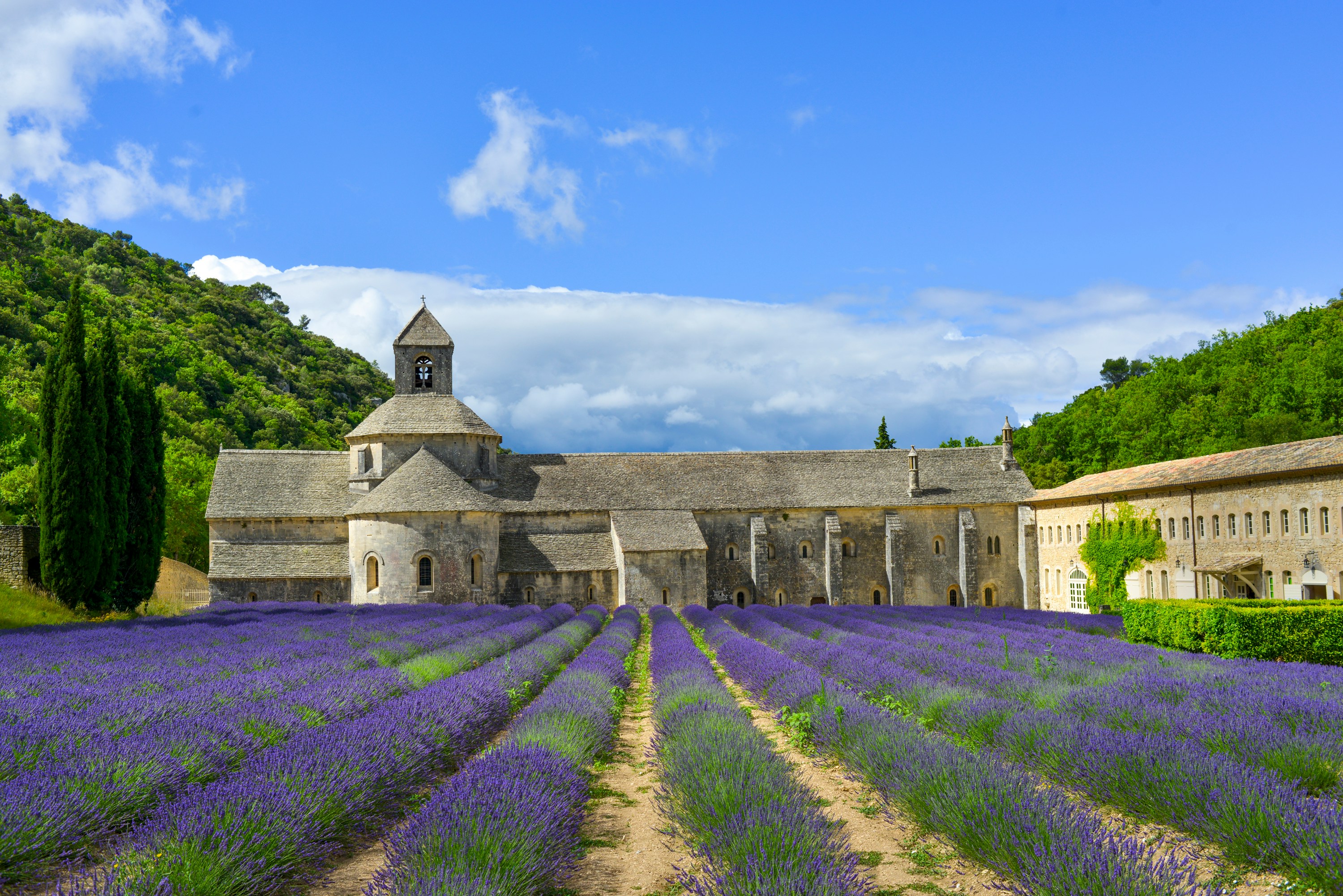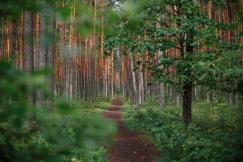Best practices
19 May 2025
Preserving nature through tourism in Amiens
Best practices
19 May 2025
Cultural tourism
Ecotourism
Best practices, peer learning and networking
+3 more
Login / create an account to be able to react
-
11

The SLOWDOWN project presents a natural site in Amiens, France, as a model of sustainable tourism—managed without public subsidies—maintaining ecological integrity and a consistent number of visitors annually, despite increasing demand, while generating necessary revenue for conservation and operational needs.
Amiens Metropole
Topics
France
Industry Associations and Chambers of Commerce
Local Authorities
NGOs / Non-profits
-
Specific types of tourism
-
-
Cultural tourism
-
Ecotourism
-
-
Transition Pathway Strategic Areas
-
-
Best practices, peer learning and networking
-
Governance of tourism destinations
-
Well-being of residents
-
-
Business activities
-
-
Gardens and nature reserves activities
-
Share
The SLOWDOWN project, supported by the Interreg Europe programme, has recognised a model of sustainable tourism management in the Hortillonnages of Amiens, France, as a good practice. This natural site is entirely managed by an independent association without any public subsidies. Its proactive approach to managing tourist flows, reinvesting generated funds, implementing low-impact initiatives, and fostering community cohabitation exemplifies how tourism can support conservation rather than threaten it.
The effectiveness of this model is evident in the site's strong ecological condition, absence of overtourism, harmonious community relations, and its ability to generate approximately EUR 950,000 annually from visitors. Of this amount, around EUR 600,000 is allocated to payroll and EUR 200,000 to maintenance costs (excluding energy and material expenses).
For a comprehensive overview of this best practice—including required resources, evidence of success, transferability to other natural sites, and expert insights—please refer to the project's publication dated 25 March 2025.
#Nature reserves #Destination management #Cultural preservation #Sustainable tourism #Community engagement
Comments (0)
Related content
See also
-
14
Sustainable EU Tourism - Key challenges and best practices
- Categories
- Coastal, maritime and inland water tourism Cultural tourism Ecotourism +64 more
-
24
EXPERIENCE: Completed initiative for boosting off-season tourism
- Categories
- Coastal, maritime and inland water tourism Cultural tourism Ecotourism +38 more
-
2
OUR WAY: Completed initiative for natural and cultural heritage preservation
- Categories
- Cultural tourism Ecotourism Mountain tourism +9 more






